Hospitalfield: The Victorian creation of a visionary patron of the arts
Replete with late-Victorian collections and furnishings, Hospitalfield, Angus — the property of the Patrick Allan-Fraser of Hospitalfield Trust — is today home to a cultural organisation for artists and education in the Arts. John Goodall looks at the driving personality behind a remarkable survival. Photographs by Paul Highnam for the Country Life Picture Library.
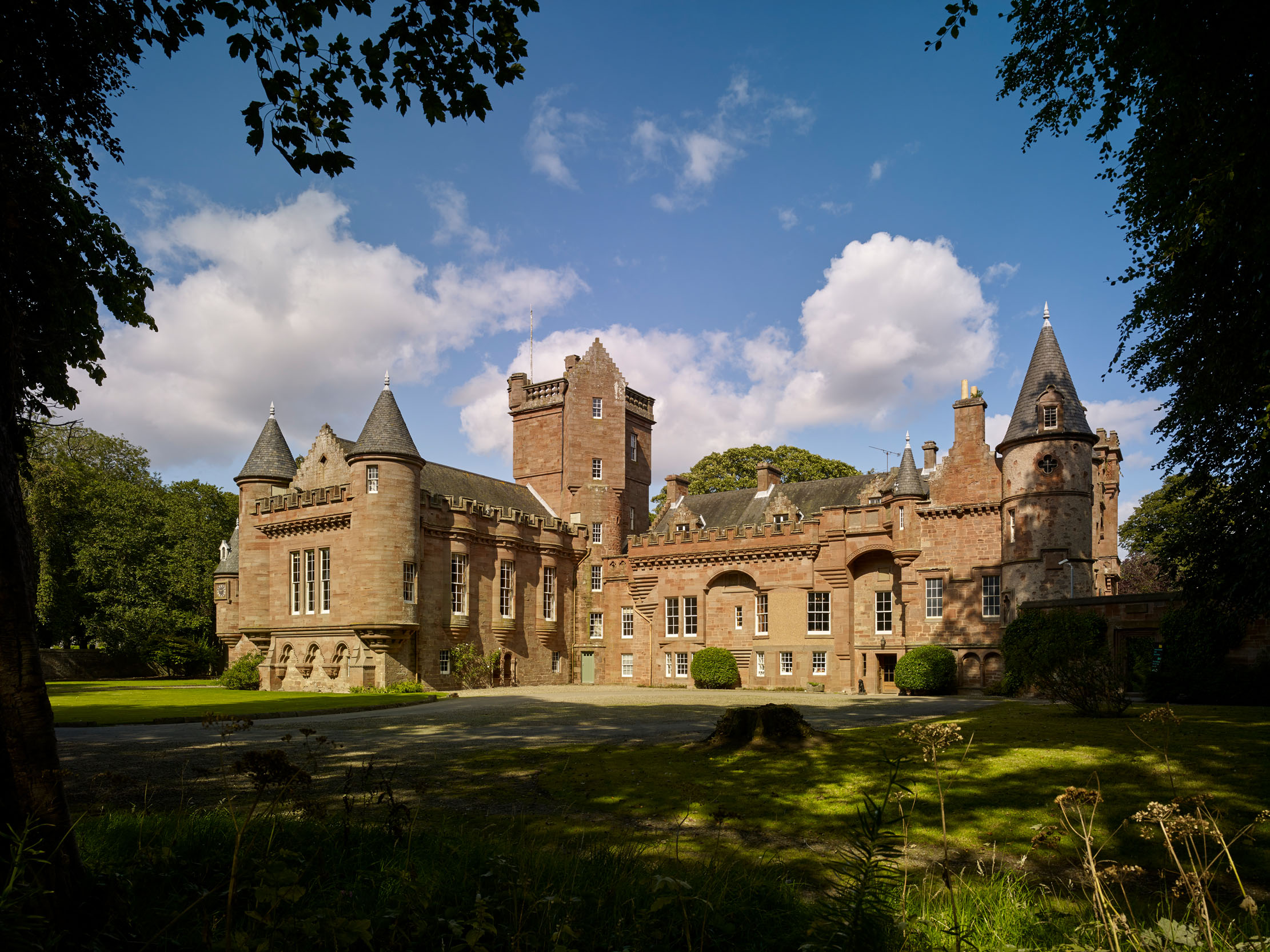

On October 13, 1886, the septuagenarian Patrick Allan-Fraser was presented with the freedom of the burgh of his native Arbroath. It was an honour that, according to J. M. M’Bain’s Eminent Arbroathians (1897), ‘he appeared to value more highly than any of the others which had been conferred upon him’. M’Bain’s judgement rings true. In the course of his long life — funded through the inherited fortune of his wife, Elizabeth, which he managed skifully — Allan-Fraser was an unusually energetic patron of the institutions and amenities of his home town, including its water supply, library and infirmary.
No less notable was the settlement of his estate when he died a few years later without issue on October 18, 1890. All his Scottish properties and possessions, including an impressive collection of drawings, paintings and sculpture, were placed in a trust with two clearly stipulated responsibilities.
One of these was to ‘provide for the comfortable maintenance and support’ of 10 ‘aged or infirm... painters, sculptors and literary men’. The other was to establish what was, in effect, a school for the Arts at his former home — also inherited through his wife — at Hospitalfield on the outskirts of the town.
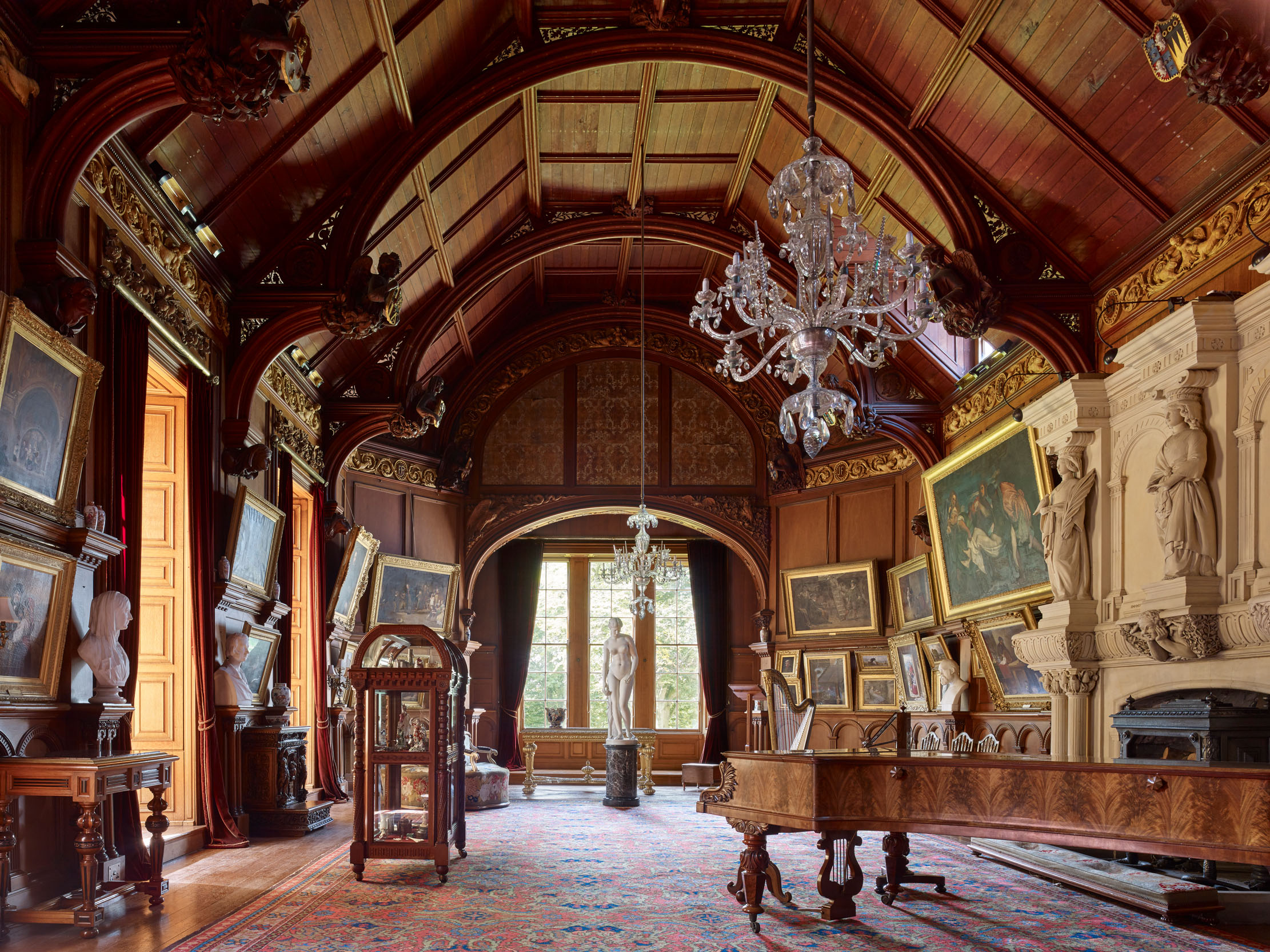
As Allan-Fraser conceived it, Hospitalfield was to support 30 young men between the ages of 16 and 18 who were interested in pursuing the professions of ‘painting, sculpture, carving in wood, architecture and engraving’. Each was to be indentured to the institution for four years and learn the appropriate skills under the direction of a qualified governor.
They were also to attend lectures, enjoy bursaries for travel further afield and holiday accommodation in other specified properties. Arrangements were even made for providing appropriate dinner dress and medical care. As a final benefit, young men from the town were permitted to study and eat lunch at Hospitalfield for free.
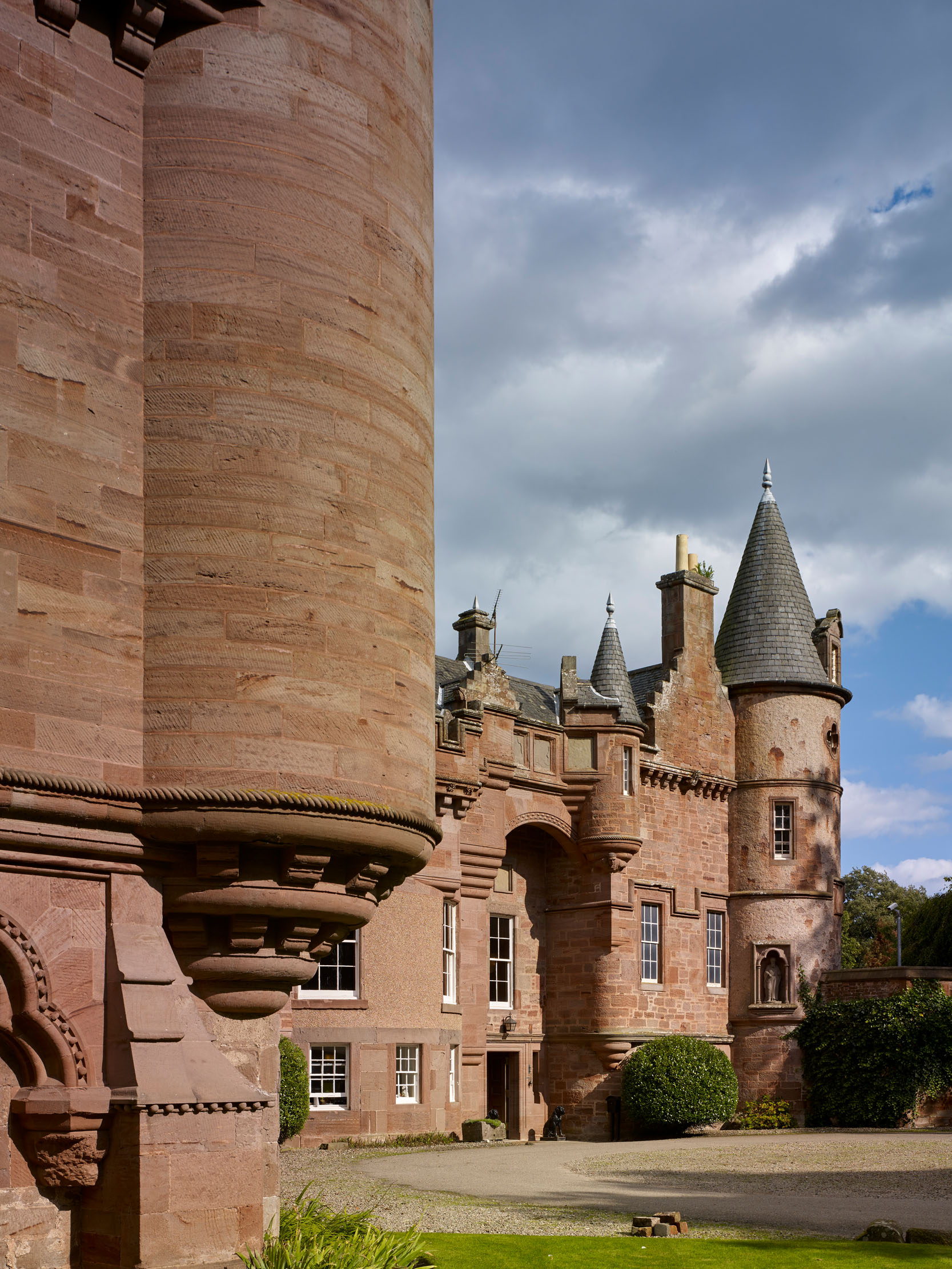
In the 1890s, the trustees only opened the house as a public picture gallery one afternoon every week in the summer. Plans for the art school did go forward, however, although never exactly as Allan-Fraser envisaged them. In 1902, this rural foundation opened as ‘a great experiment’. Over the course of the 20th century, and despite recurrent financial difficulties from the late 1920s (which regrettably led to the trustees divesting themselves of property and some of the collection), the school figured in the lives of numerous notable visual artists.
Today, Hospitalfield is building on its 20th-century achievements. The institution manages a busy international contemporary Arts programme, residencies and teaching. It continues to develop its collections and plans major changes to the property itself, with the involvement of Paula Schillinger and Rod Heyes of Caruso St John Architects and the garden designer Nigel Dunnett. As it evolves in the 21st century, however, it’s worth reflecting on what this institution both inherits and preserves. Here are to be found not only the collections and interiors of a late-Victorian house, but something much rarer and even more fascinating: a physical expression of the creative spirit of its founder.
Exquisite houses, the beauty of Nature, and how to get the most from your life, straight to your inbox.
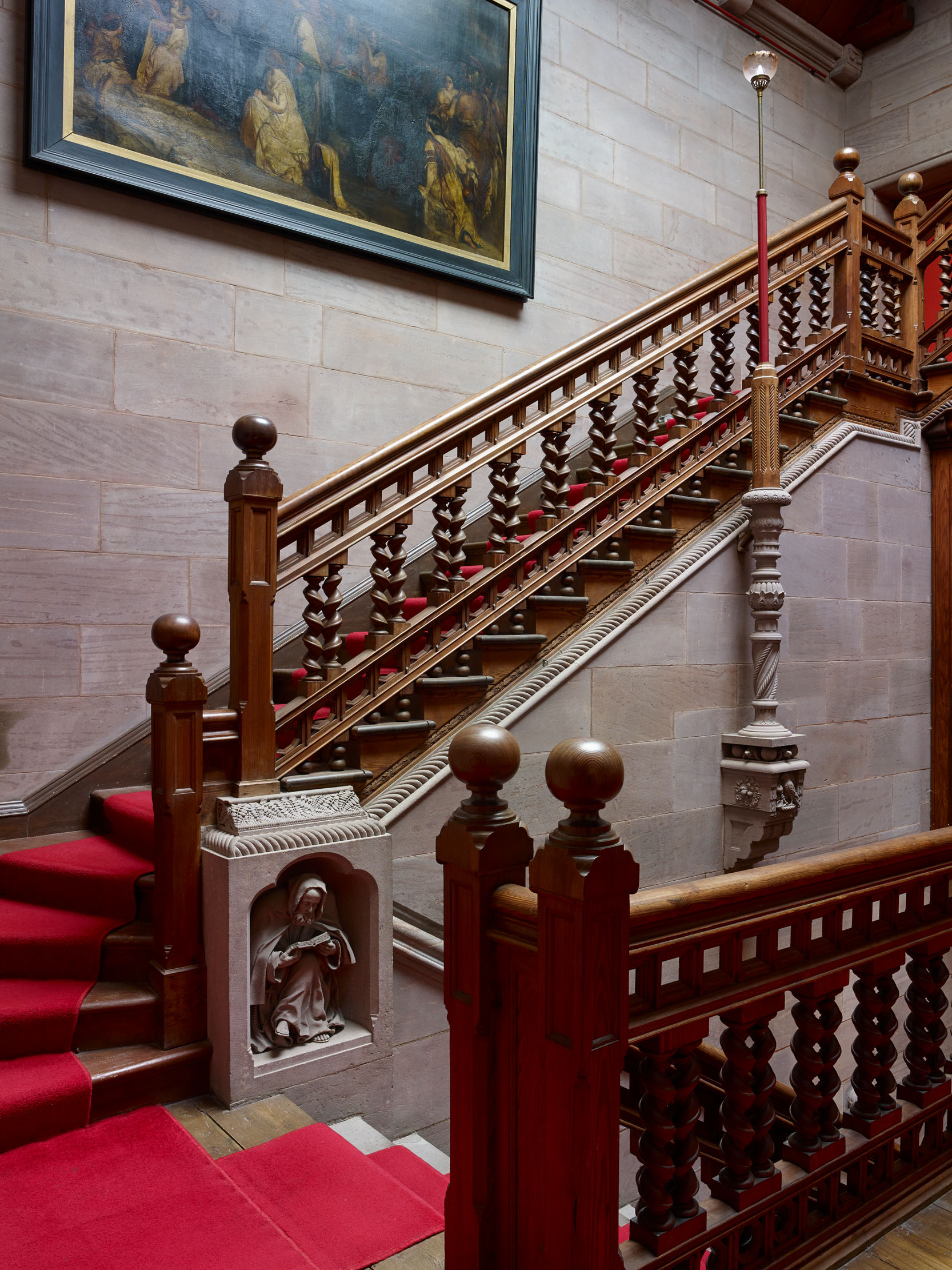
Allan-Fraser was a trained artist with a flair for architecture. He designed the present building himself and directly oversaw its construction, decoration and furnishing. He did so, from at least the 1850s, with an eye to posterity.
In both respects, Hospitalfield arguably bears comparison to Sir John Soane’s house museum at Lincoln’s Inn Fields, although it is in a completely different spirit; Allan-Fraser’s eye was Romantic and antiquarian, combining an interest in Scotland inspired by Walter Scott (and Scott’s house at Abbotsford) with ideas derived from Ruskin about craftsmanship and art.
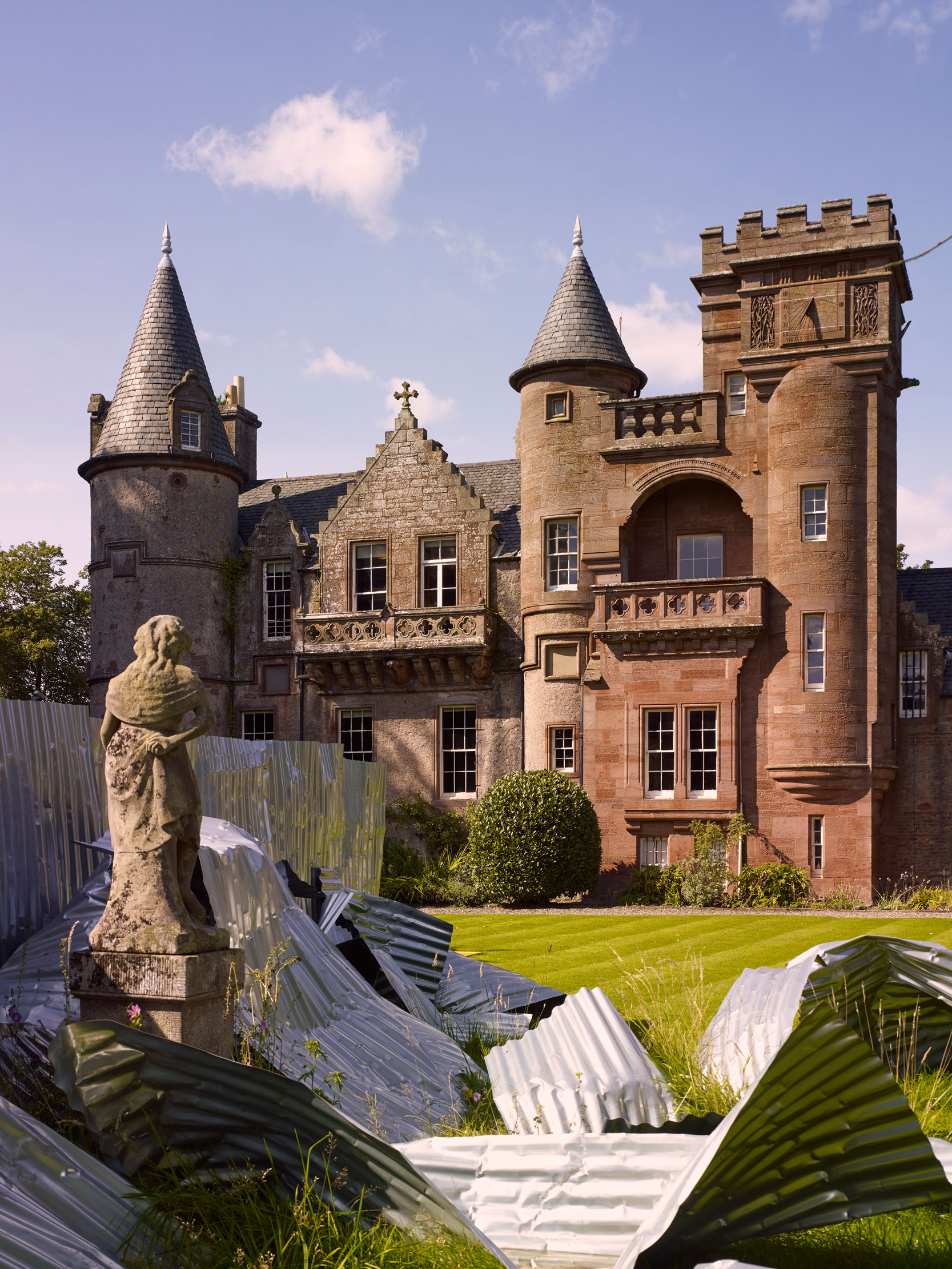
Underpinning his aesthetic vision and his foundation at Hospitalfield was his strong belief in the importance of education and self-improvement. This was doubtless informed by his own remarkable experience. Patrick Allan — as he was originally named — was born in January 1812 (not 1813 as often asserted), the third son of a stocking manufacturer. His father introduced him to a legal career, but the young Patrick declared his intention of becoming an artist and was apprenticed to his maternal uncle, who ran a decorative business in Arbroath.
Thereafter, he studied in Edinburgh and travelled to Rome, where he painted views of the city and portraits of English visitors to earn his living. In 1840, he set up a studio in London and began to produce historical paintings, including several based on the novels of Scott.
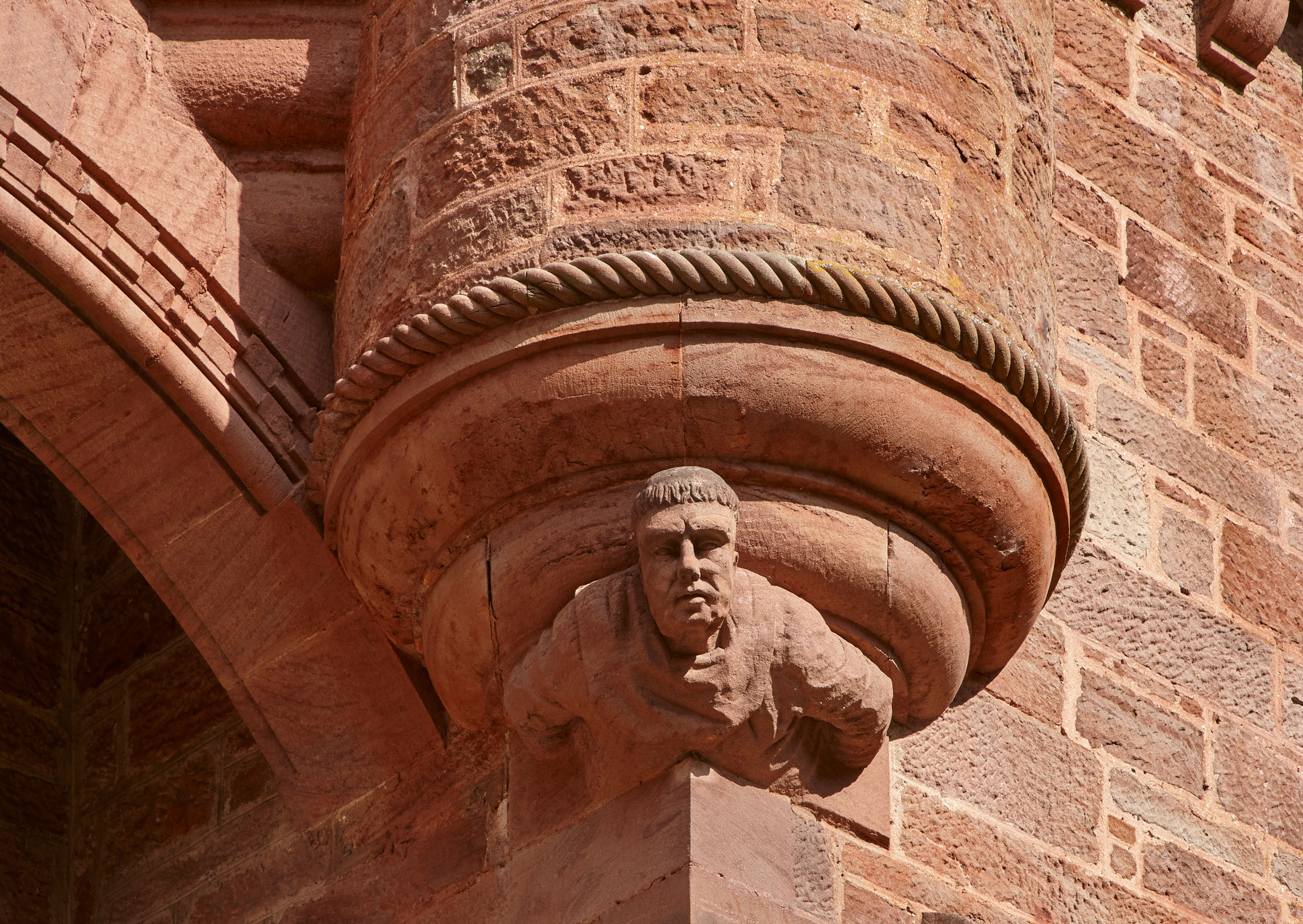
From his London base, he often travelled to Paris. There, when sketching in the Louvre, he met the painter William Powell Frith, who introduced him to the artistic circle known as the Clique. This informal drawing society — the first of its kind in Britain — set itself up in reaction to the teaching methods of the Royal Academy (which members of the Clique regarded as hidebound) and included such notable figures as Richard Dadd, John Phillip and Augustus Egg.
In 1841, Allan was commissioned by Edinburgh publisher Cadell to illustrate a luxury edition of one of Scott’s ‘Waverley’ novels. He selected the third, The Antiquary (1816), whose eponymous hero Jonathan Oldbuck lived at a house called Monkbarns. This property is described in the novel as having ‘little to recommend it... an irregular old-fashioned building, some part of which had belonged to a grange, or solitary farmhouse, inhabited by the bailiff, or steward, of the monastery, when the place was in possession of the monks... to the remains of the bailiff’s house, the succeeding lay inhabitants had made various additions... with an equal contempt of convenience within and architectural regularity without’.
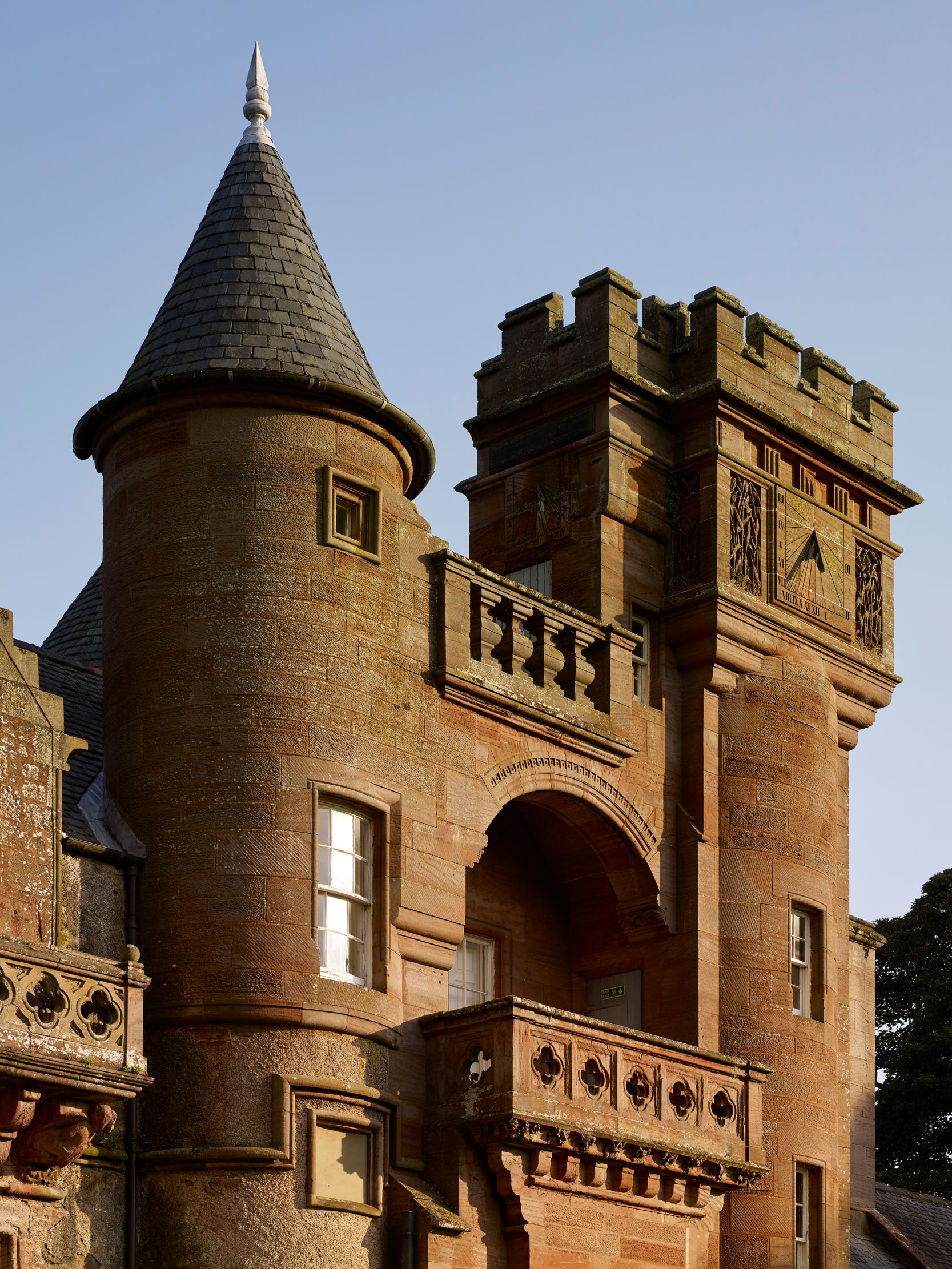
Monkbarns seems to have been explicitly modelled on Hospitalfield. The real house was a relatively modest family seat that had evolved from the buildings of a medieval hospital (hence the name), built in the 13th century on land gifted to Arbroath Abbey by William the Lion in 1178. The house had an attached barn and had been in the possession of the Fraser family since 1664. In 1841, it was occupied by a widow of the family, Elizabeth, neé Parrot, and her namesake daughter, Elizabeth Fraser. The latter had married an army officer, but he had recently absented himself and later died in uncertain circumstances.
Allan may already have known Elizabeth Fraser or have met her when at work on his illustrations for Scott’s novel. Alternatively, according to some posthumous accounts, he got to know her when painting portraits of Elizabeth and her mother, which now form a triptych with his own portrait in the dining room of the house.
Whatever the case, they fell in love and were married on September 13, 1843. Immediately thereafter, Allan set to work wrestling control of the Hospitalfield estate back from mismanagement by his wife’s uncle, before the long process of expanding and improving it. His purchases included the estate of Blackcraig, Perthshire, in 1847.
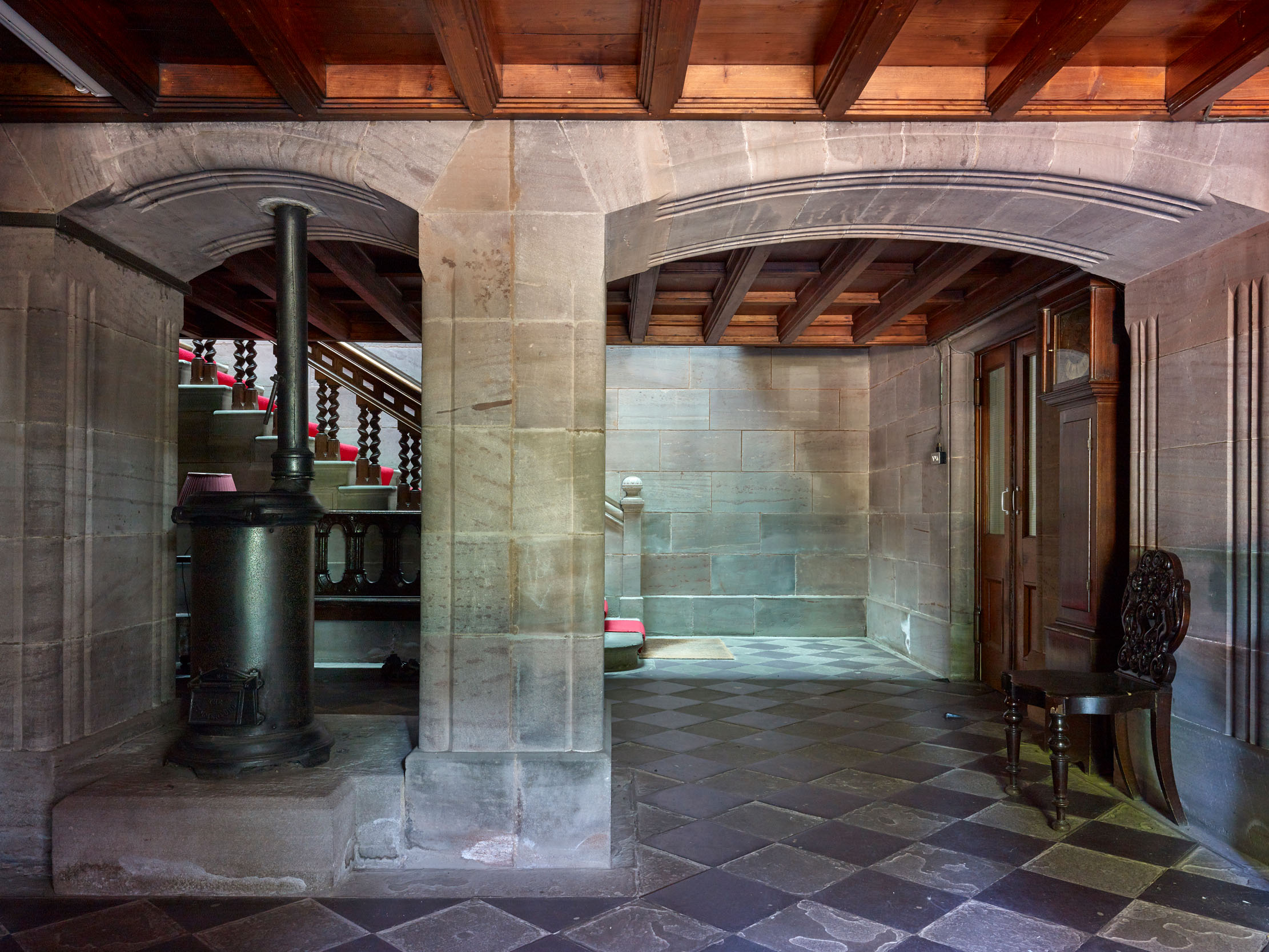
In 1851, the state of the couple’s finances were further improved when Allan received from his mother-in-law the estate of Hawkesbury Hall, Warwickshire. In acknowledgement, he changed his name to Allan-Fraser and assumed the arms of his wife’s family. By 1865, his combined landholdings in Forfarshire and Perthshire alone yielded a handsome annual income of nearly £3,500.
The business and responsibilities of land ownership brought Allan’s activities as a professional artist to an end, although he maintained a studio at Hospitalfield (which still survives). Material wealth made possible a new existence as collector, patron and amateur architect, however, and his first architectural project was at Blackcraig, a fascinating essay in Scottish Baronial design. From 1849, he also began to make changes to Hospitalfield, reconstructing what had formerly been the barn attached to the property as a picture gallery. This large range still commands the main frontage and its main interior, the great hall, spanned by an open timber roof, is the most impressive room in the house.
Thereafter, largely in the 1850s, but with work extending into the 1880s, he incrementally developed the whole building. The exterior assumed a rambling outline busy with turrets and dominated by a central tower. This composition swallowed up the existing buildings on the site, although it’s hard to be certain today of their earlier detailing and form. The main stairwell, which opens off a low entrance hall, connects the gallery with the drawing room and dining room, both at first-floor level.
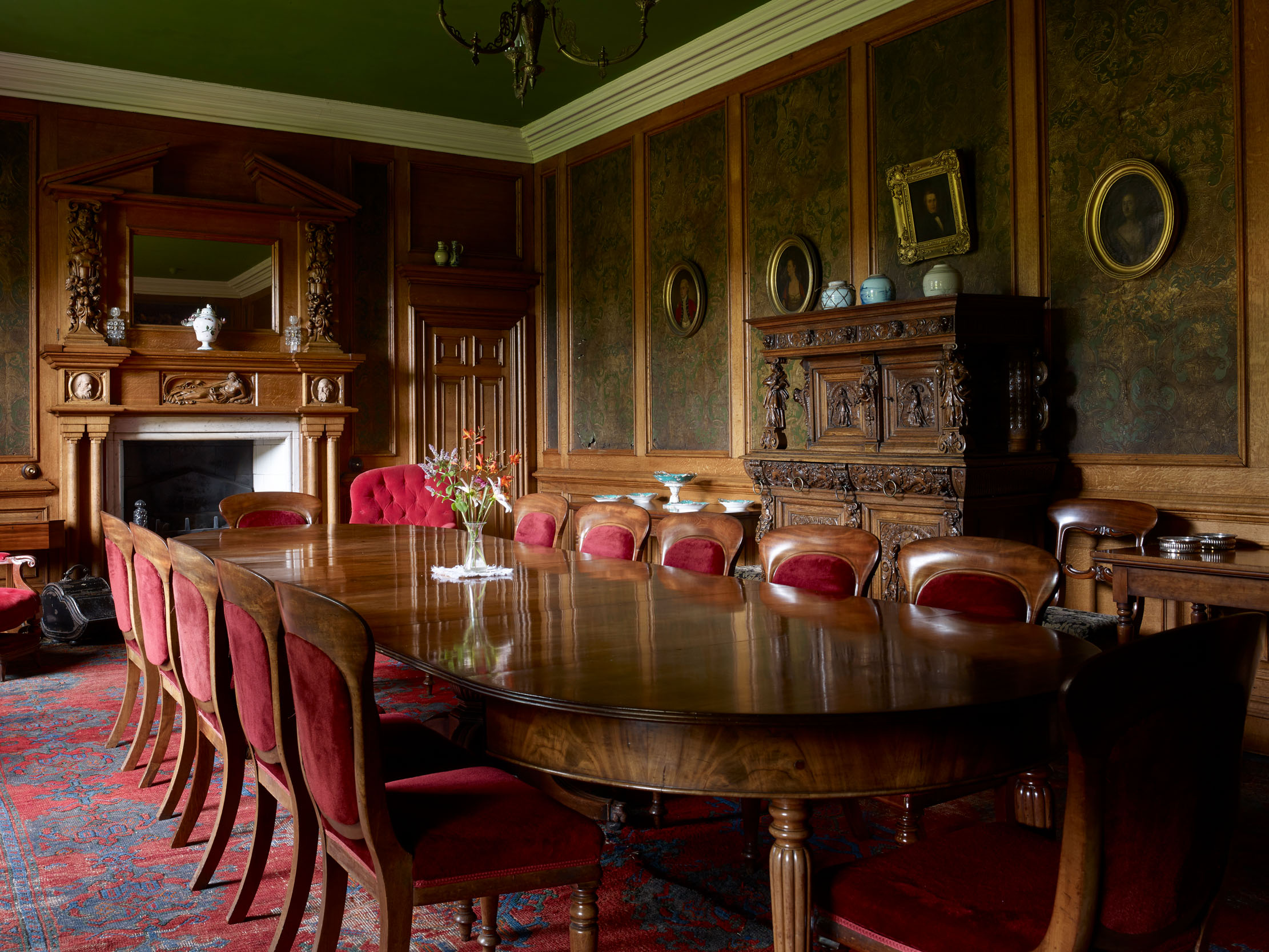
Allan-Fraser necessarily had a wide knowledge of architecture, having sketched urban views in Rome and Paris. At Hospitalfield, however, he made no reference to Continental or Classical detailing. Instead, his Romantic and Scottish antiquarian interests triumphed entirely. In some places, his additions are evocative of medieval Gothic architecture, a reference to the medieval origins of the building and its connections with Arbroath Abbey. In other respects, they look to 16th-century Scottish precedent.
There is also apparent in the work a striking emphasis both on the locality of Arbroath and high-quality craftsmanship, qualities central to the Arts-and-Crafts Movement (and here doubtless inspired by Ruskin). The sandstone, for example, is locally quarried and the detailing is everywhere of the highest quality, particularly in the internal woodcarving by John Hutchison and David Maver. The drawing-room ceiling created by the latter in 1883–88 records in one astonishing and exquisitely carved sweep the flora and fauna of the estate.
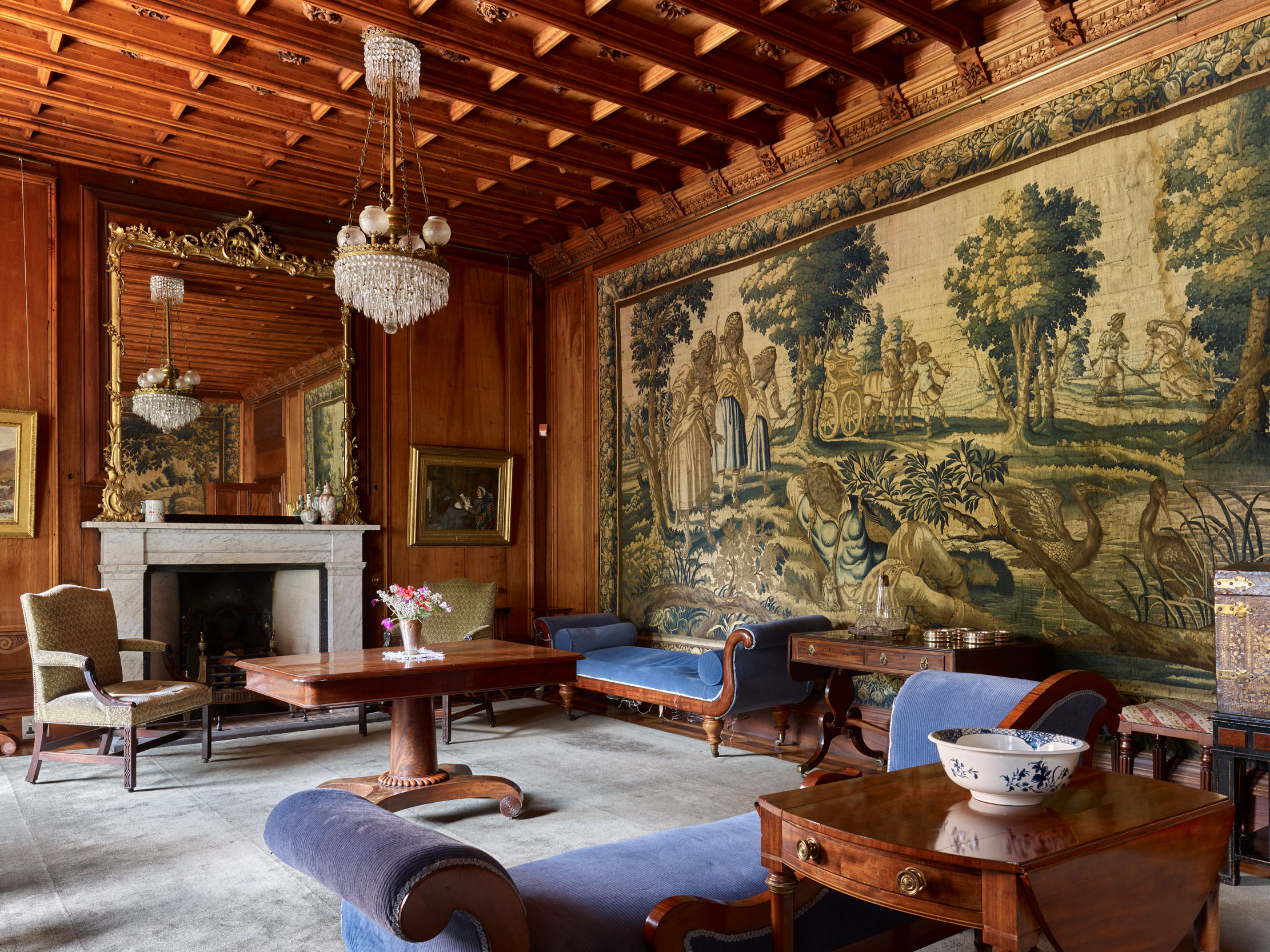
Allan-Fraser’s experience as an impecunious young artist encouraged him into another project during the 1850s. Several members of the Clique were involved with establishing a mutual benefit society for artists called the Guild of Literature and Art, founded in 1851. Allan-Fraser was a supporter of the project and, in 1858, having encountered another leading figure in the group, Charles Dickens, he made a formal offer of Hawkesbury Hall to the guild (although the gift later came to nothing).
At the same time, Allan-Fraser commissioned each of the Clique to paint portraits of themselves in any setting they chose for 100gns each. The portraits he acquired survive in the Hospitalfield collection. Egg, who had encouraged the gift of Hawkesbury, depicted himself in the character of David Fallen, an impoverished author from the play Not So Bad as We Seem (1851), written to raise funds for the guild by Baron Lytton.
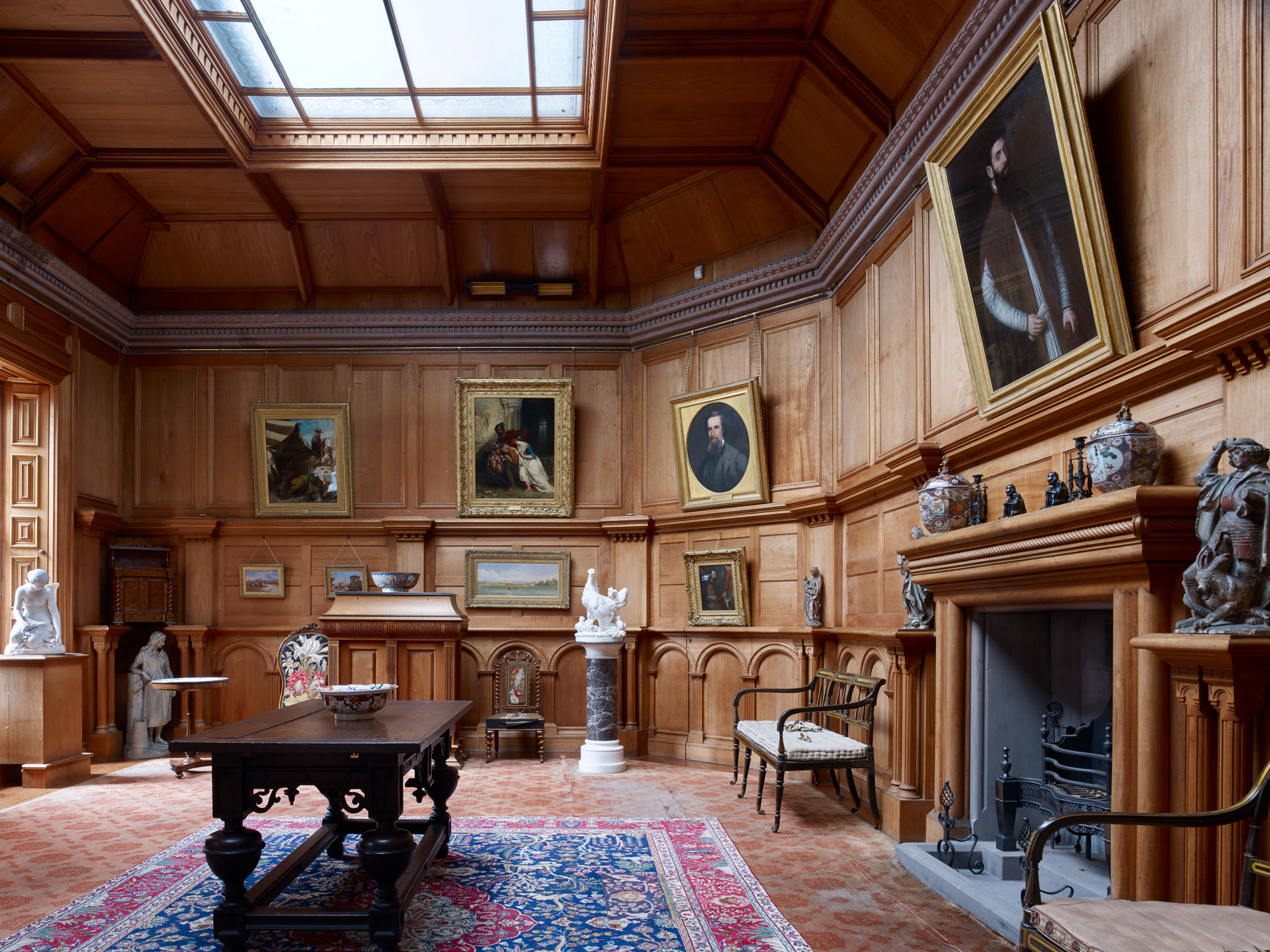
This experience of the guild, and contemporary initiatives, such as the South Kensington Museum, shaped Allan-Fraser’s plans for establishing an Arts institution at Hospitalfield, an idea he was contemplating, with his wife, from at least the 1850s. He may also have played a role in the decision by American sculptor William Henry Rinehart — with whom had become acquainted in Rome — to endow a sculpture school that now forms part of the Maryland Institute College of Art, Baltimore, US. By the time of Rinehart’s death in 1874, Allan-Fraser was president of the British Academy of Art in Rome. He had also been appointed an honorary member of the Royal Scottish Academy and elected a fellow of the Society of Antiquaries of Scotland.
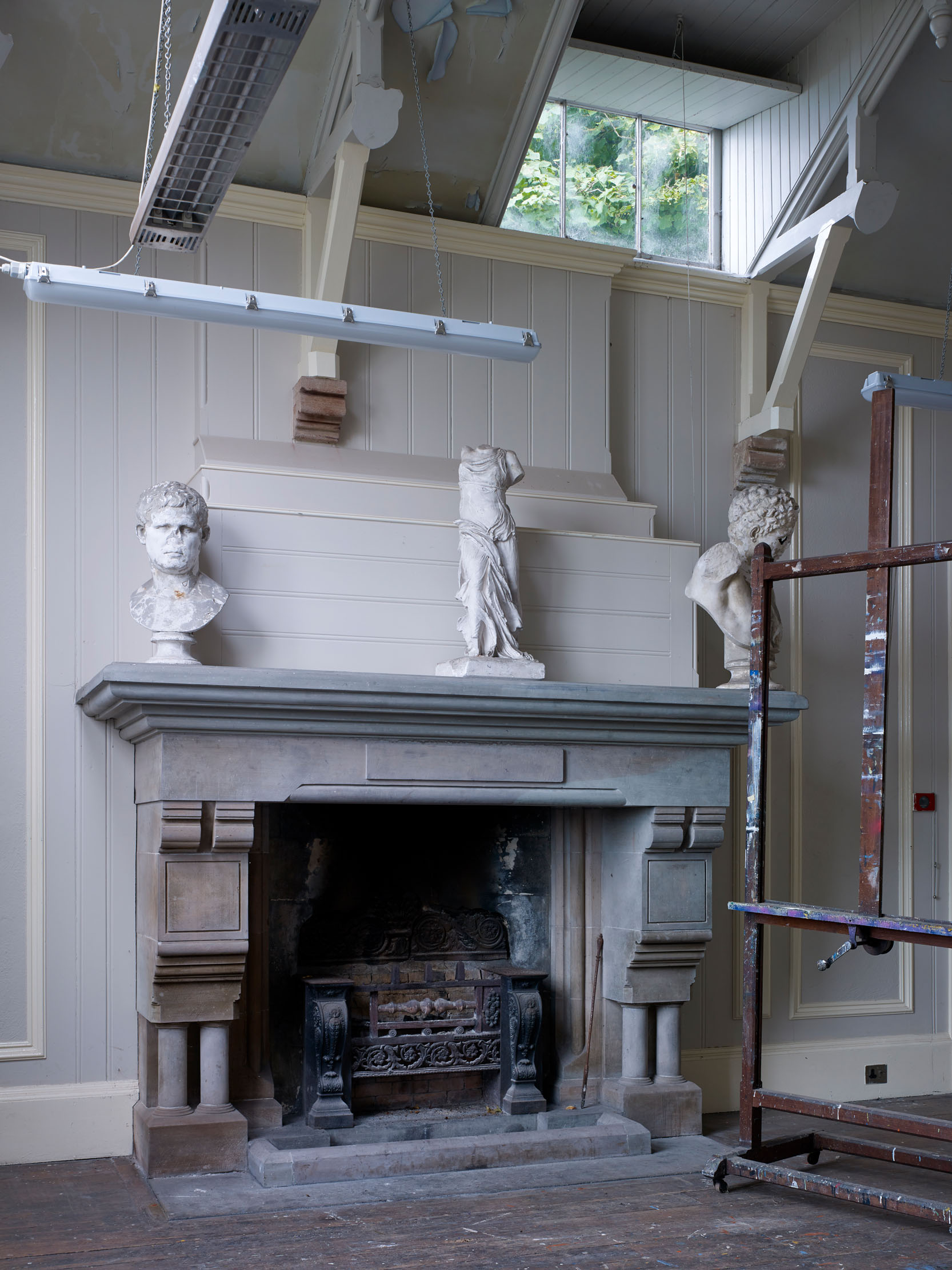
It is clear that, throughout their married life, Elizabeth was closely involved in her husband’s endeavours. The Hospitalfield collection preserves an engaging portrait of her sitting with a book and a cat in the drawing room by Allan-Fraser. She was an educated woman, with an enthusiasm for music and bred dogs.
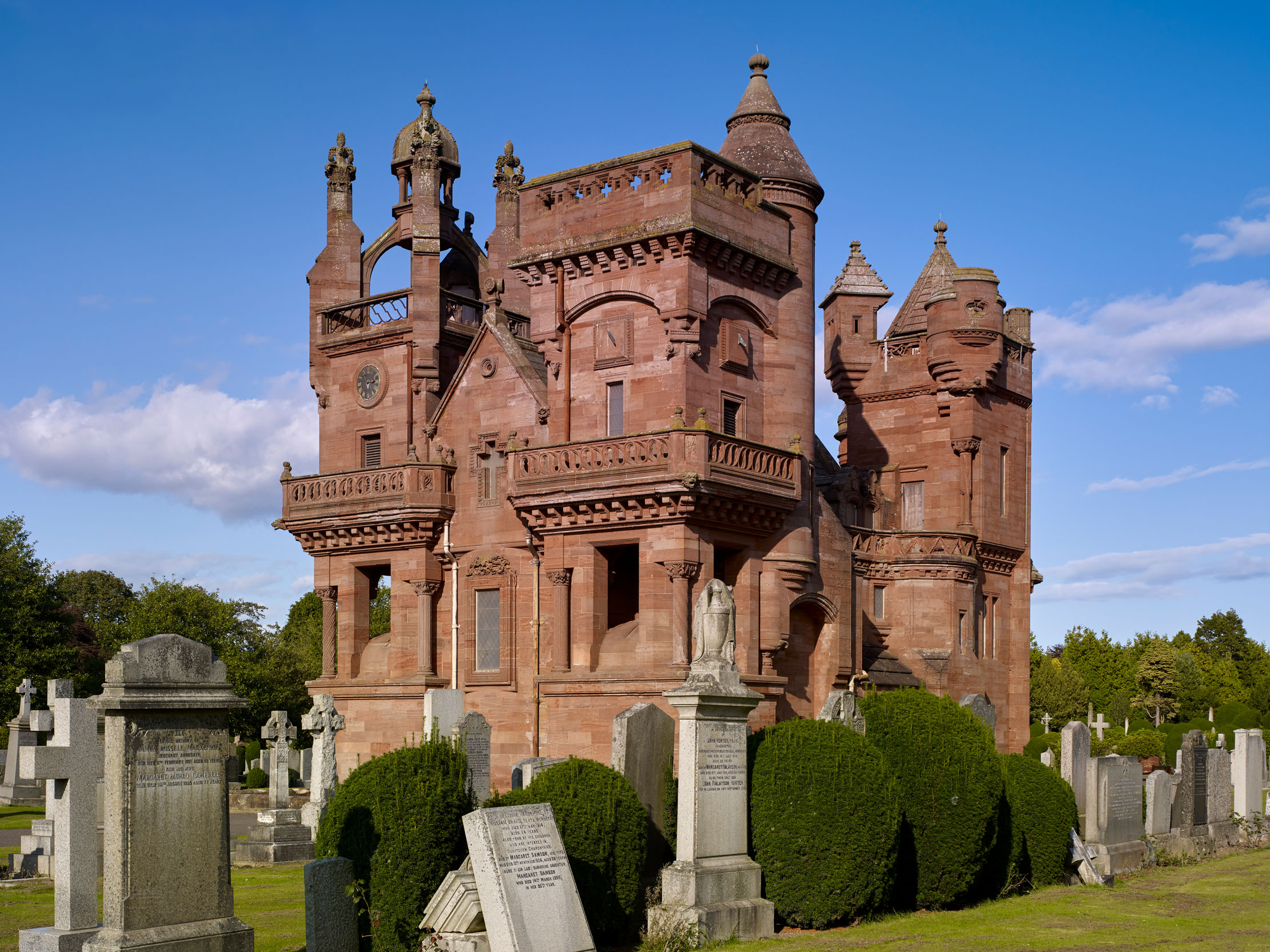
When she died on November 23, 1873, he responded with a major building project that stands today almost completely unknown: a mortuary chapel and monument to his wife and her parents. It is an astonishing building worthy of celebrity in its own right — and we'll be covering it separately in a future article.
Hospitalfield, Arbroath, Angus — www.hospitalfield.org.uk. Acknowledgements: Mary Miers, Scott Byrne and John Sanders.
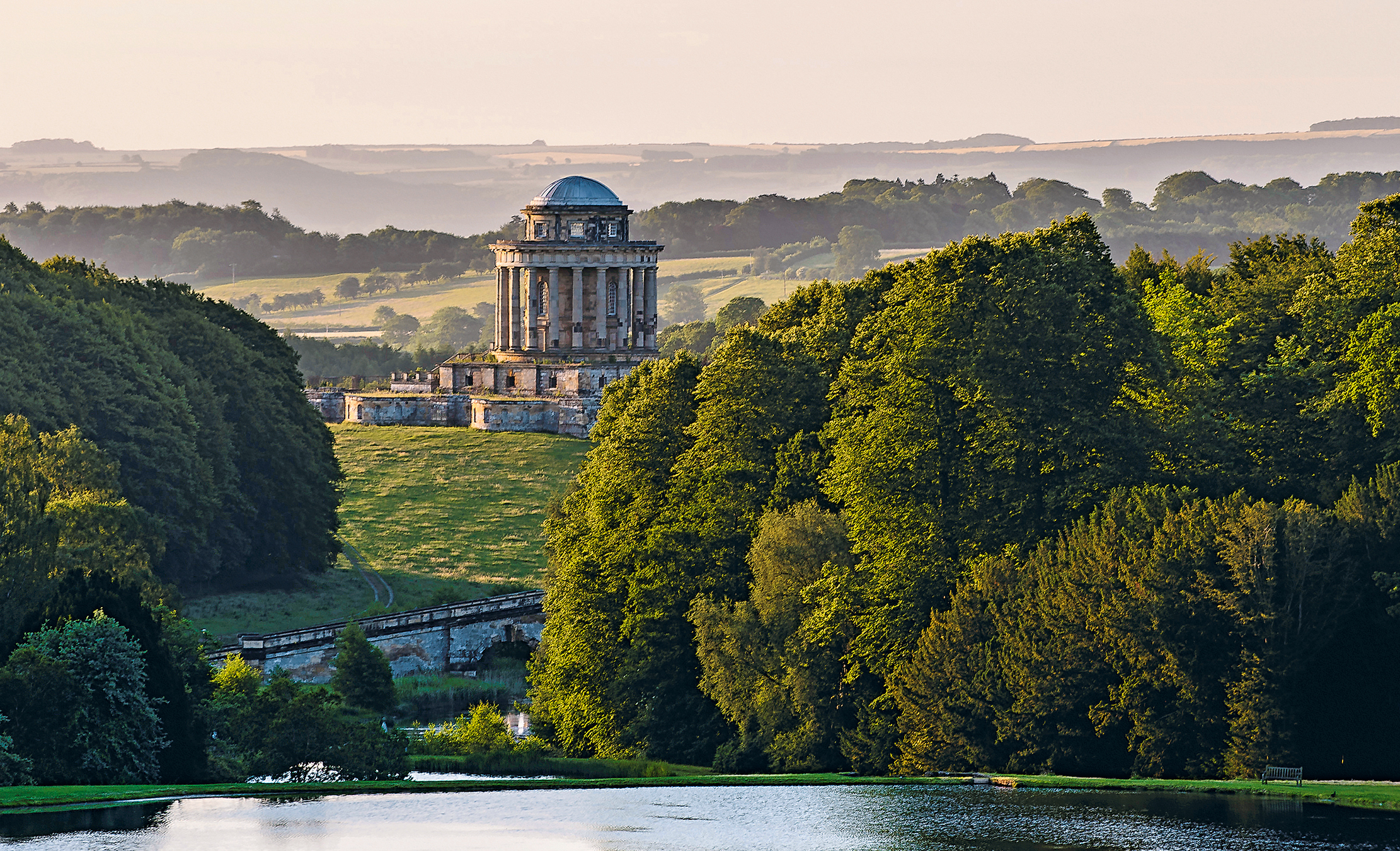
The Howardian Hills AONB: 'If Yorkshire really is God’s own county, then the Howardian Hills are the divinity's chosen estate within it'
John Goodall takes a look at one of the varied and picturesque parts of Yorkshire: the Howardian Hills Area of
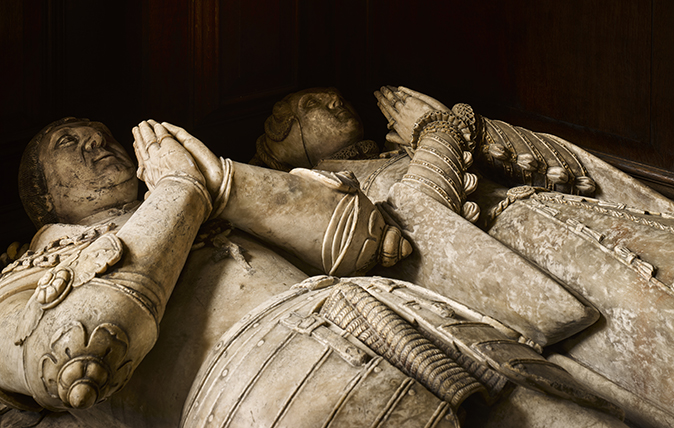
Credit: Will Pryce/©Country Life Picture Library
The Chapel of Trinity College, Oxford: A return to splendour
One of Oxford’s most admired interiors has been revived, as John Goodall reports.

John spent his childhood in Kenya, Germany, India and Yorkshire before joining Country Life in 2007, via the University of Durham. Known for his irrepressible love of castles and the Frozen soundtrack, and a laugh that lights up the lives of those around him, John also moonlights as a walking encyclopedia and is the author of several books.
-
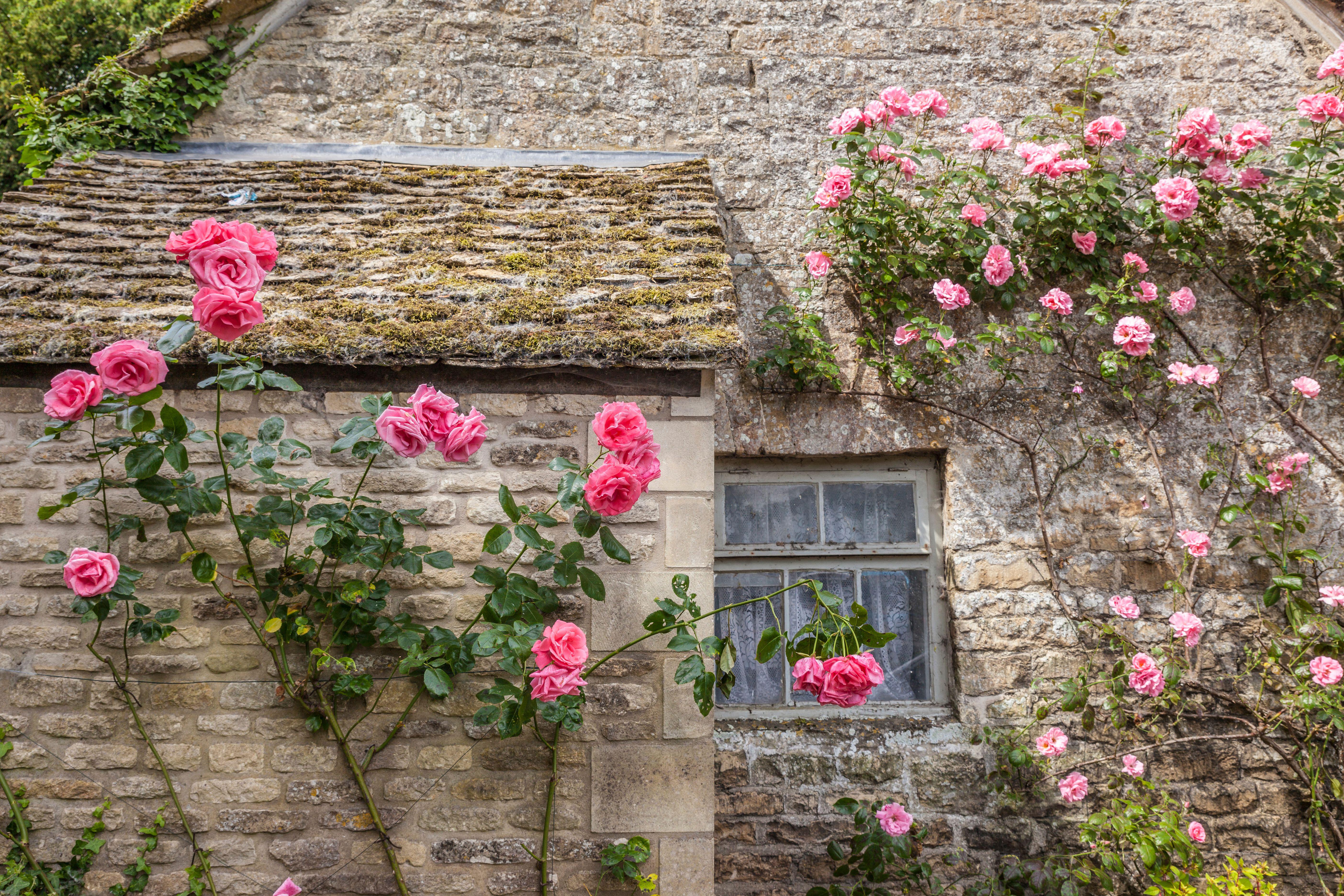 Bare roots: How to find the perfect rose and how to plant it
Bare roots: How to find the perfect rose and how to plant itTabi Jackson Gee moved to a cottage in Wiltshire, and went about finding the perfect rose to bring light and colour to the garden.
-
 Flying backwards, pink milk, and holding your breath. A Country Life quiz of animal facts
Flying backwards, pink milk, and holding your breath. A Country Life quiz of animal factsDo you know the difference between a bobbit worm and a mantis shrimp? You will soon.